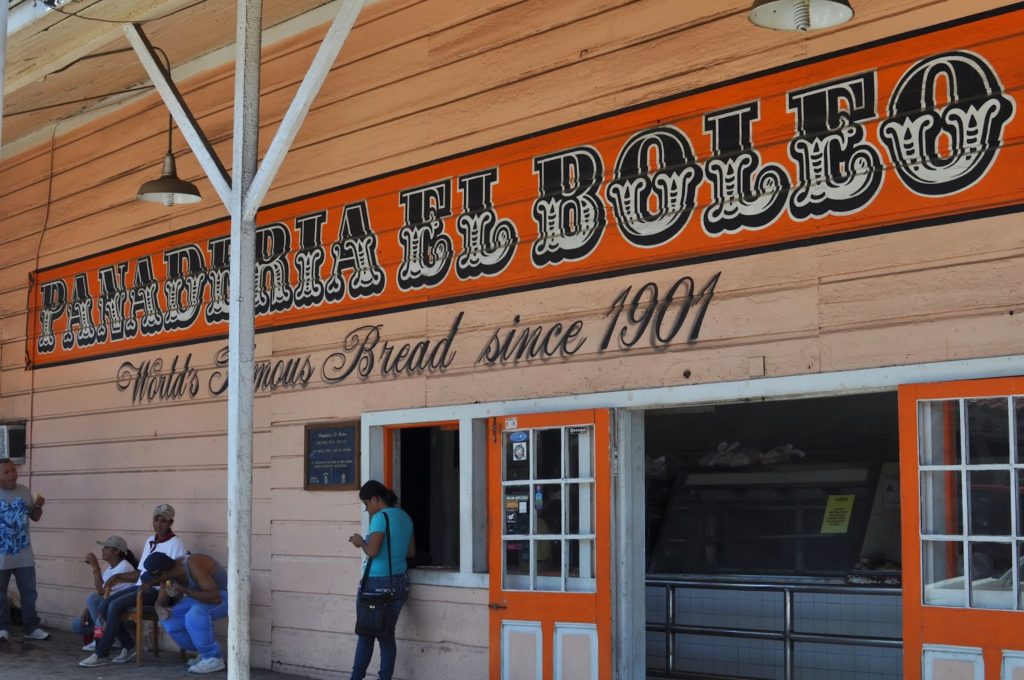
dsc_0295
The places of Baja, where the people live, are surprisingly diverse. Whereas the peninsula may appear to be painted with a single brush of sand and cactus, geographic, political, and economic influences spanning decades—centuries—have resulted in mining towns, fishing villages, tourist meccas, and gringo enclaves. There are communities of dozens and cities of hundreds of thousands. Some places are connected by highways, some by rough roads, and some by panga. There are hubs of affluence and education and outposts where essential knowledge is passed down and there is very little money. This year, traveling the 500 nautical miles between Cabo San Lucas and Bahia San Luis Gonzaga, we’ve met people—all of the same country and all of whom speak the same language and all of whom call this desert place home—who live completely differently from one another.
Santa Rosalia is one of the bigger towns along the eastern Baja coastline. Nearly twelve thousand people live here and the main, transpeninsular highway passes right through it. Santa Rosalia features internet and phone service and a ferry from mainland Mexico calls here, but the nearest big airport is in Loreto, a two-and-a-half-hour drive south.
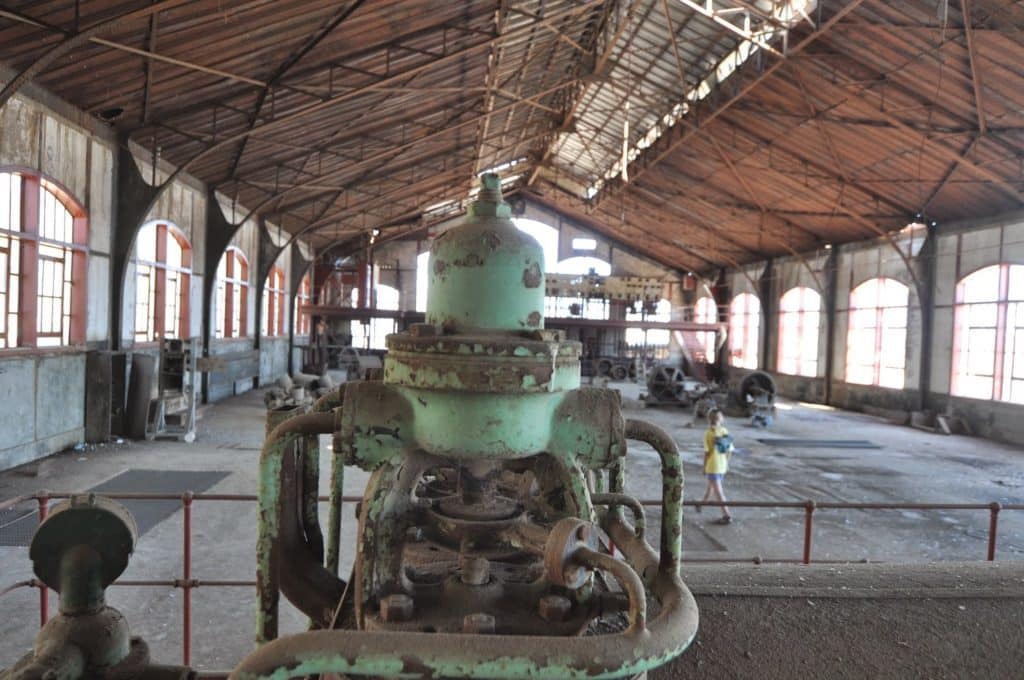
What caught my eye right away is that Santa Rosalia is a wooden town, like something out of the Old West. All the buildings are made of lumber, yet there are no forests on the Baja. The city is a former company town that came into being in the 1880s. The streets are narrow and the buildings feature porches and tin roofs. It’s easy to imagine hitching posts were once everywhere.
It was the French who founded Santa Rosalia (employing Native American and Chinese laborers). The mining company, Compagne de Boleo, set up here to get at the rich copper ore buried in the hills. They built an extensive operation, sophisticated for the time, that included reverberatory furnaces and metallurgical converters and custom-built locomotives that moved dirt and ore. Much of this machinery is still in place, though rusting and collapsing under the weight of time and neglect.
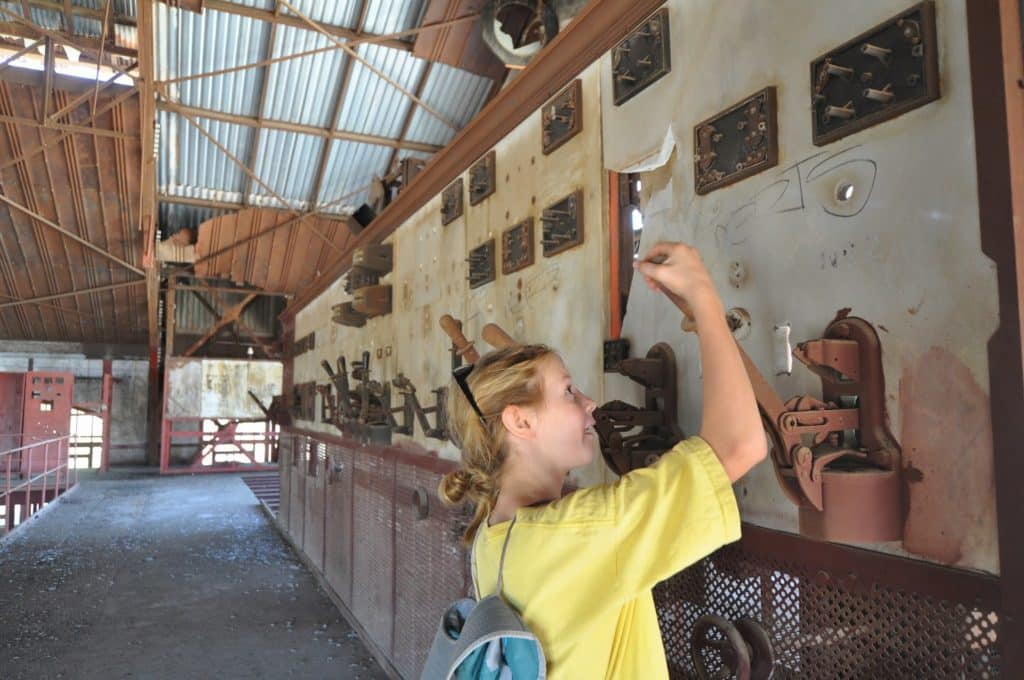
The French left in the 1950s, all the easy-to-get copper was gotten. But during the seventy years they were here, much of the ore was loaded onto square-rigged sailing ships and sent south, down around the tip of Baja and then north, all the way to Tacoma, Washington for smelting. On the return trip, the ships would carry lumber from the Pacific Northwest, to build this industrious town in the middle of nowhere.
Of course, the French departure didn’t create a vacuum that spelled doom for Santa Rosalia. A Mexican mining company took over the infrastructure and continued operations for another 30 years. By the time that operation ceased in the late 1980s, the Santa Rosalia economy was multi-faceted, benefiting from traffic on Highway 1 and a massive squid fishing industry that had blossomed.
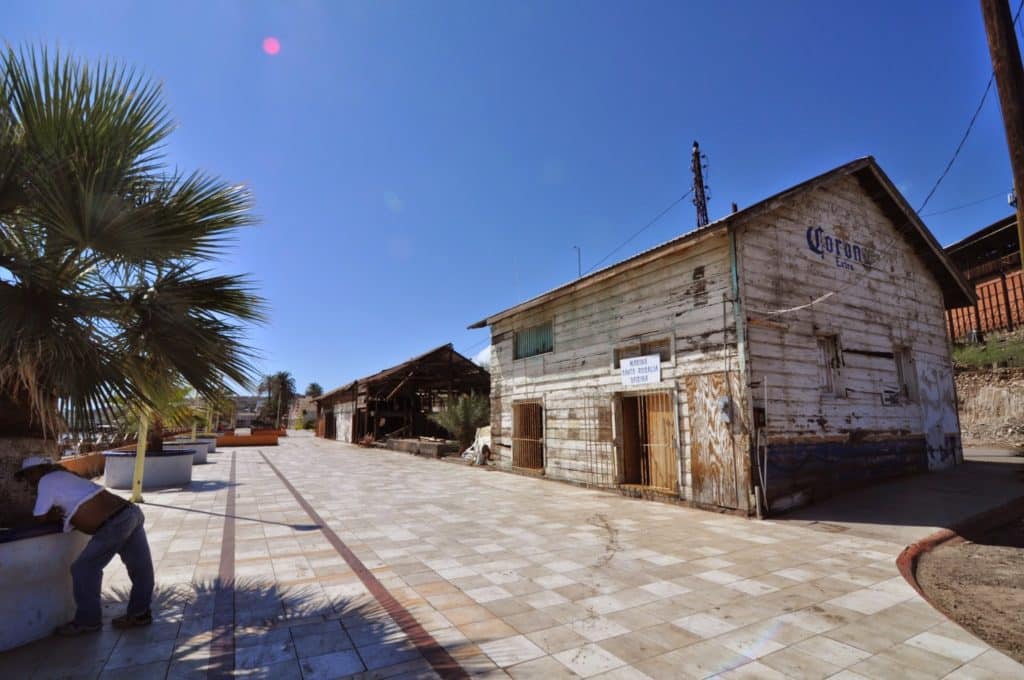
My friend, Alex aboard Maitairoa, tells me that several years ago, every night, the waters offshore of Santa Rosalia were ablaze with the bright lights of hundreds of squid fishing boats. He told me this weeks ago, staring out at a black Sea. Apparently, after Hurricane Jimena passed over the city in 2009, the squid population left and hasn’t returned.
This is just one challenge facing Santa Rosalia. I’ve heard that there are plans to divert Highway 1 away from this city in a more direct route to the metropolises down south. Too, the current mining operation, owned by a Korean company, is 10 kilometers north of town and is self-contained, contributing little to the local economy.
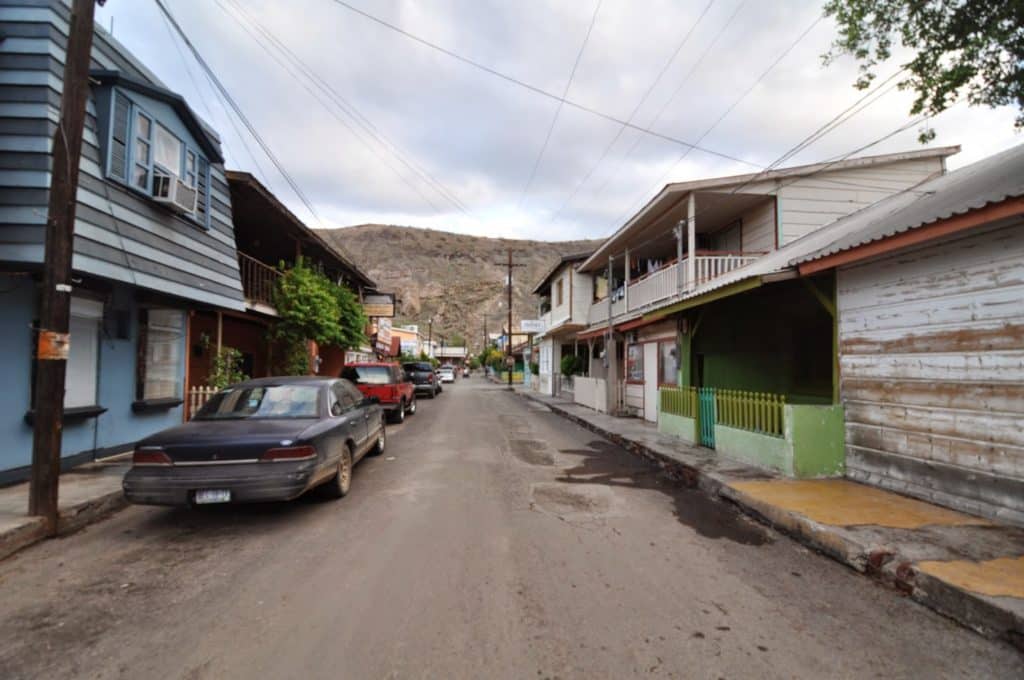
Eleanor’s birthday is at the end of this month. We heard from a Mexican friend last night that kids here walk the narrow streets in groups chanting in Spanish, “give us our Halloween.” In response, shopkeepers and homeowners emerge to deposit treats in bags. There is a big cemetery atop the hill that promises a lively Dia de los Muertos celebration.
Eleanor plans to be a jellyfish. Frances will wrap herself in LEDs to become bioluminescence.
–MR
In our twenties, we traded our boat for a house and our freedom for careers. In our thirties, we slumbered through the American dream. In our forties, we woke and traded our house for a boat and our careers for freedom. And here we are. Follow along at http://www.logofdelviento.blogspot.com








